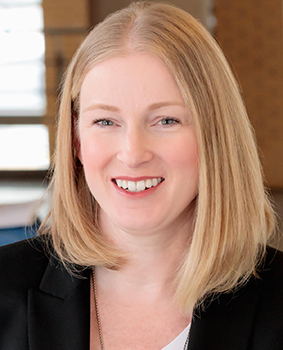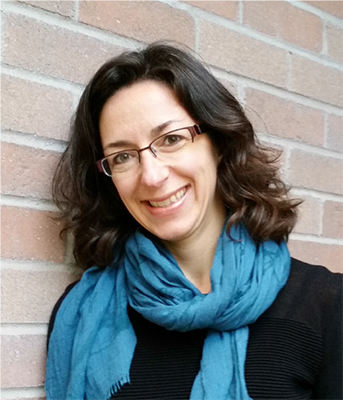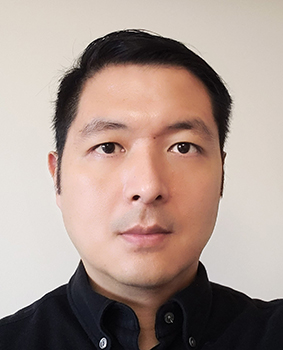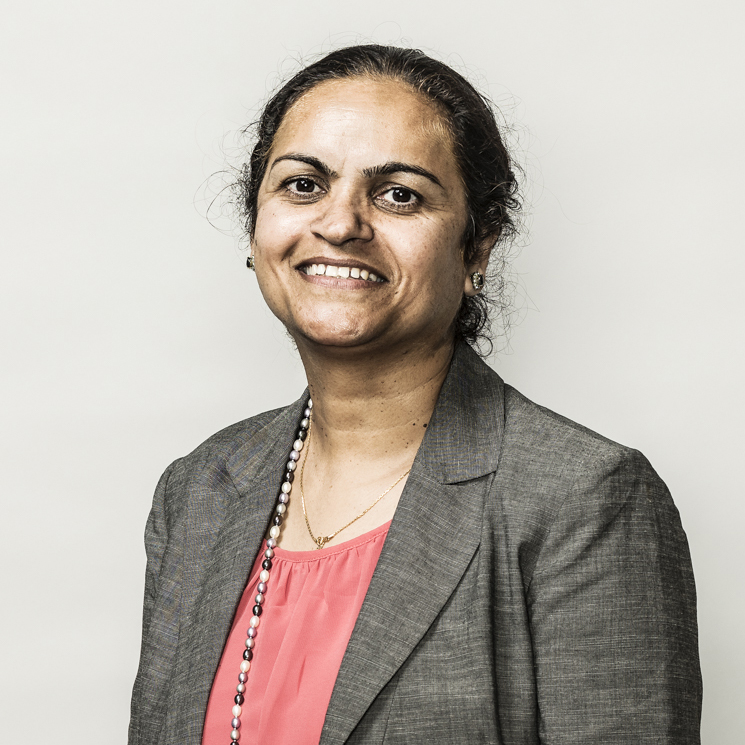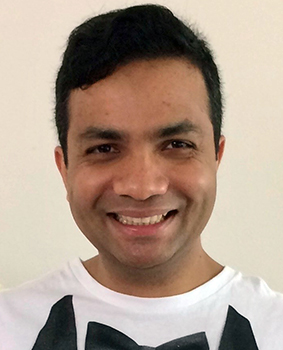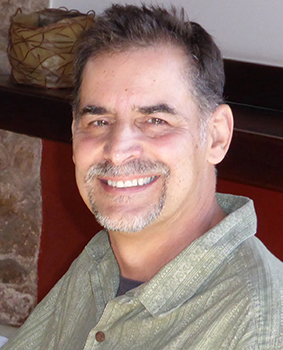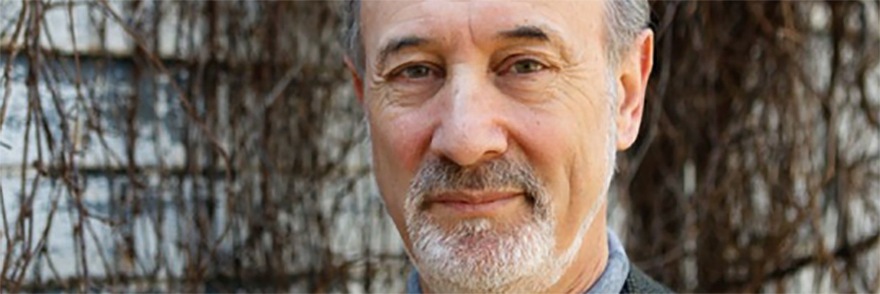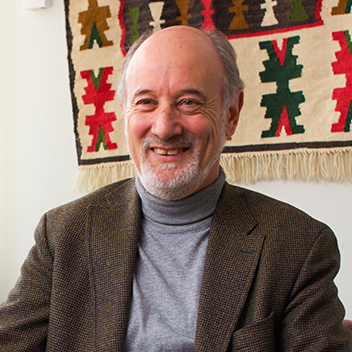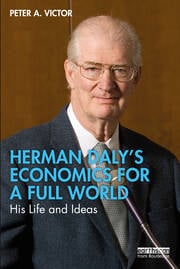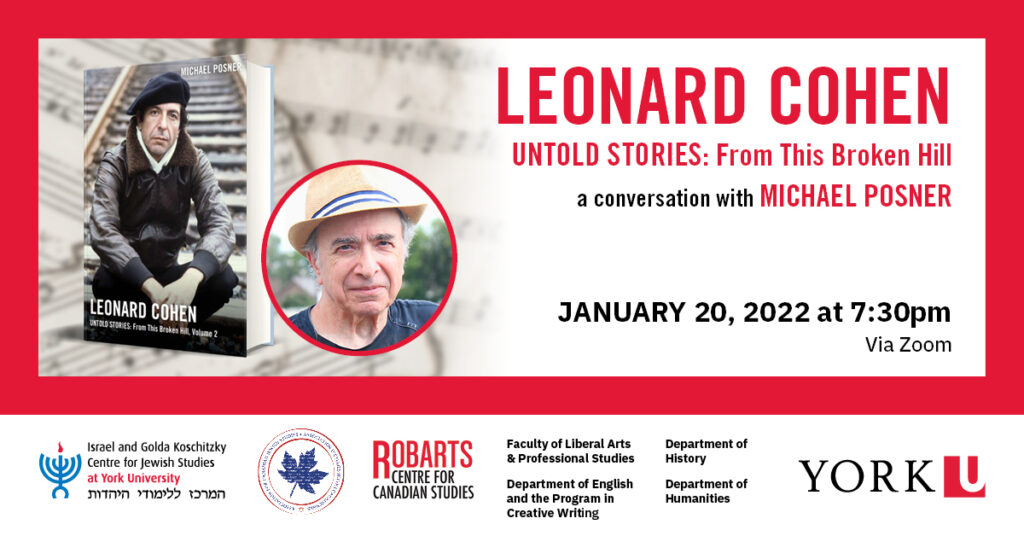New research from the Global Strategy Lab at York University sheds light on European tobacco consumption trajectories over the last 50 years and is the first study to empirically describe a distinctive inverted “U” pattern emerging in eastern European countries.
Titled “Classifying European Cigarette Consumption Trajectories from 1970-2015,” the study was published in the high-impact public health journal Tobacco Control, and builds on previous work conducted by the Global Strategy Lab published in the BMJ here and here.
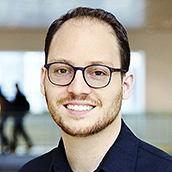
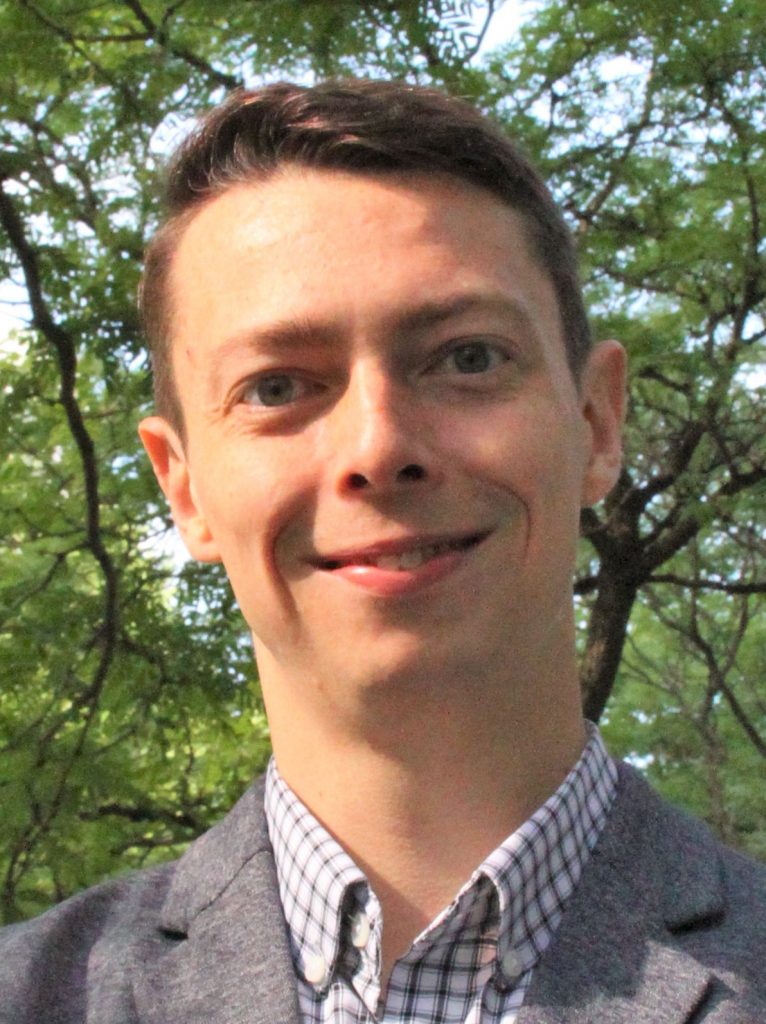
The study’s principal investigator is Mathieu Poirier, assistant professor of social epidemiology in the Faculty of Health and associate director of the Global Strategy Lab. The study’s co-authors include Steven Hoffman, Dahdaleh Distinguished Chair in Global Governance & Legal Epidemiology at York University and director of the Global Strategy Lab, as well as Gigi Lin and Leah Watson, research staff at the Global Strategy Lab.
Tobacco consumption research has historically relied on well-accepted generalized models of change, but these do not consistently account for deviations from anticipated smoking trajectories. This new study, says Poirier, acknowledges the importance of these diverse changes in country-level tobacco consumption and adds to the existing literature by identifying and categorizing cigarette consumption trajectories in Europe.
The research team identified 11 emergent classes of regionally clustered consumption trajectories and is the first publication to empirically describe a distinctive inverted “U,” or sine wave, pattern repeatedly emerging in eastern European countries.
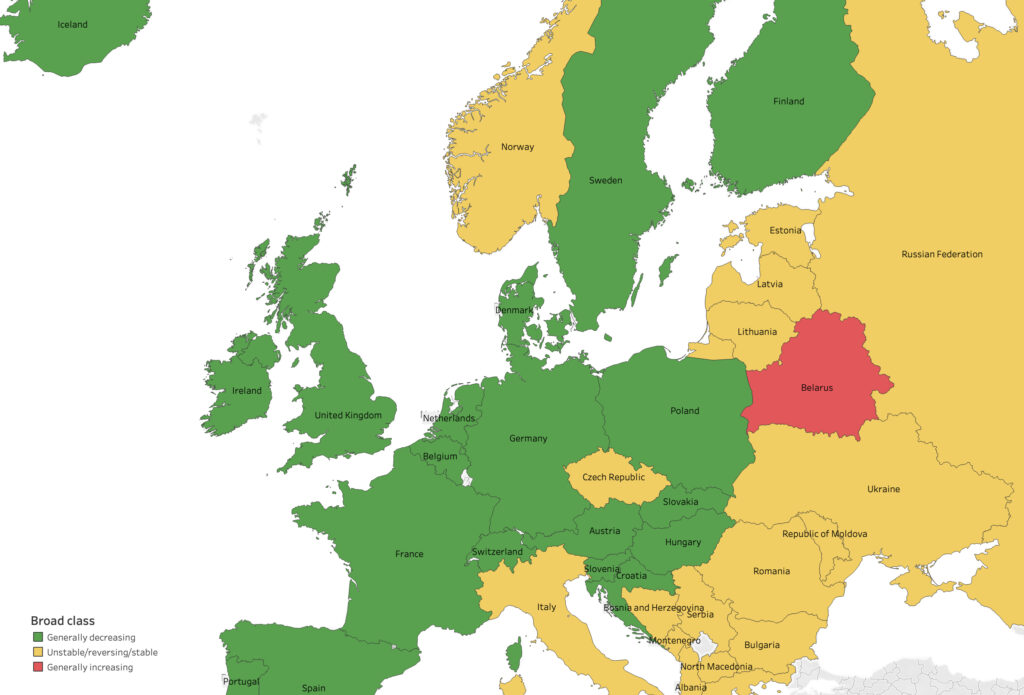
Study authors used an open-access dataset of yearly changes in tobacco consumption in 41 countries or former countries of the European region for which data was available. Rigorous blind coding methodology was applied to the dataset to classify country-level tobacco consumption patterns into the 11 emergent classes.
“This publication marks an important moment in the Global Strategy Lab’s mission to rigorously evaluate the impacts of international laws on one of the leading preventable causes of death and illness worldwide,” says Poirier. “Transnational tobacco companies are always trying to expand internationally, so enabling researchers to research tobacco control on international, regional, and global levels is the only way we’ll be able to reduce the harms of tobacco smoke without leaving any country behind.”
The findings point to the need for deepened understanding of geopolitical and economic factors that affect tobacco consumption, and for the inclusion of these factors in future research and policy. While policy-makers frequently focus on country-level tobacco policy priorities, study findings – especially non-declining smoking trends that emerged from the coding process – suggest that a comprehensive understanding of country-level tobacco consumption must also account for regional and global forces that can impact smoking patterns.
“This study helps us better understand the varied trajectories of tobacco use across countries and enables future legal epidemiology research evaluating government tobacco control policies,” says Hoffman.
The authors anticipate that the open-access data products produced by this study will become widely used by researchers to conduct international evaluations of tobacco control policies.





